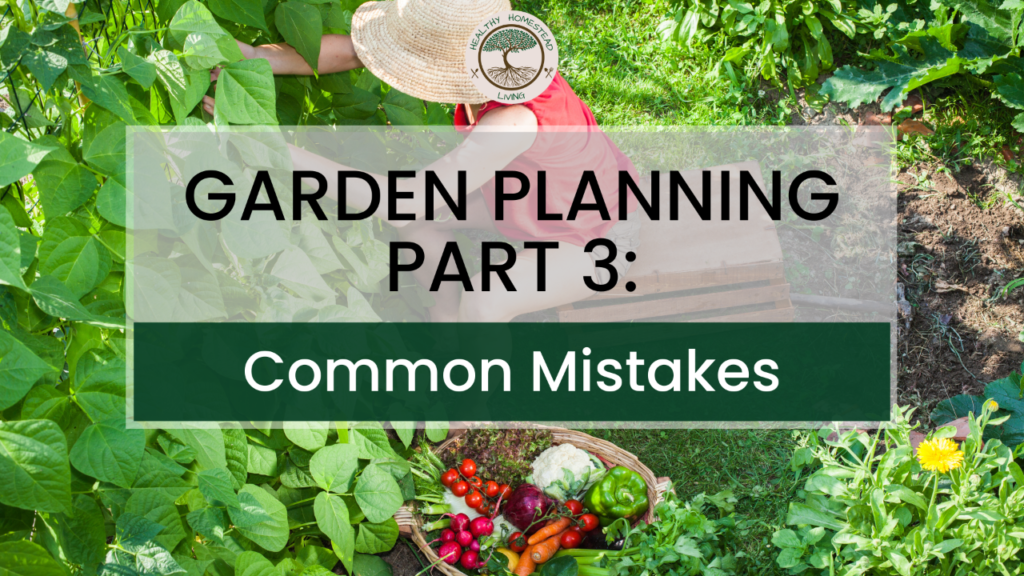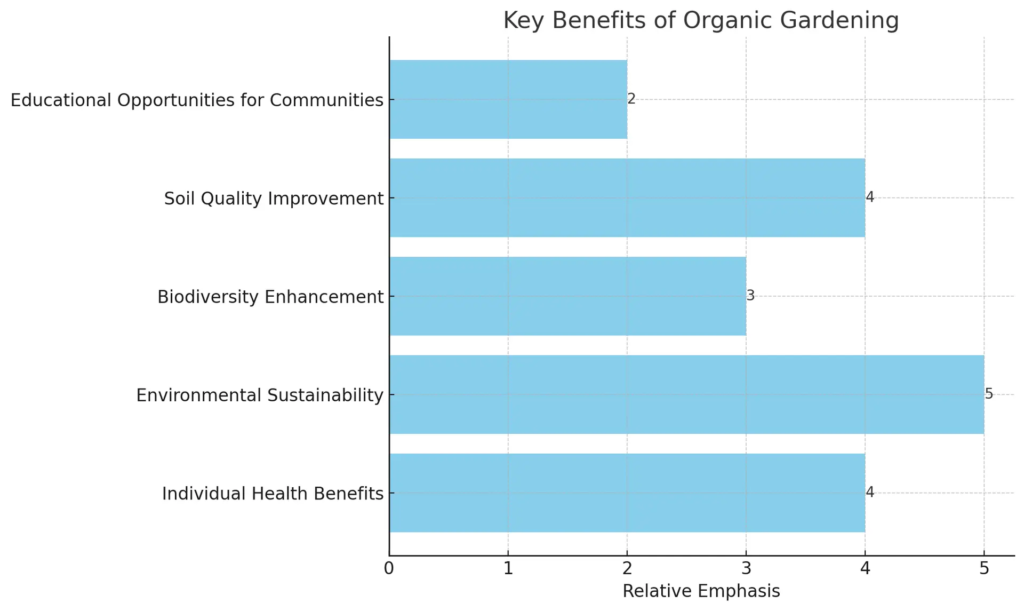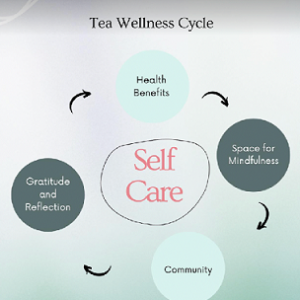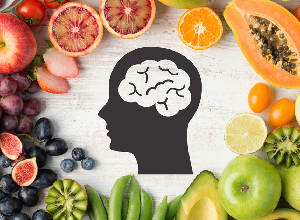Grow a Healthy, Organic Garden Top Gardening Tips
Embarking on the journey to cultivate a healthy, organic garden represents not only a personal endeavor but also a crucial response to contemporary challenges such as food insecurity and environmental sustainability. As urban agriculture gains prominence, community gardens emerge as vital resources, fostering local networks and addressing the global food crisis (Shaw et al.). In this essay, we will explore top gardening tips that empower individuals and communities alike to create thriving organic spaces. Strategies will include selecting appropriate plant varieties, understanding soil health, and employing sustainable practices to maximize yield while preserving ecosystems. For instance, the image of the vibrant garden scene in encapsulates the essence of careful planning—an invaluable lesson for novice and experienced gardeners to avoid common pitfalls in cultivation. This foundational exploration not only equips gardeners with practical knowledge but also highlights the broader social impacts of organic gardening efforts.
A. Importance of organic gardening for health and the environment
Organic gardening is integral not only to individual health but also to environmental sustainability. By cultivating plants without synthetic pesticides and fertilizers, organic gardening promotes biodiversity and enhances soil quality, which are essential for ecosystem health. Furthermore, it offers educational opportunities for communities, particularly for children who can learn about sustainable practices in a hands-on manner. As noted, “incorporating ‘funds of knowledge’ with schoolyard gardening enriches a childs experience by interacting with their families, local community organizations, and school faculty” (Hill et al.). This engagement fosters a commitment to environmental stewardship as children cultivate essential life skills while developing an appreciation for nature. Additionally, community gardens serve as vital resources for addressing food insecurity and can be pivotal in creating sustainable urban environments, linking diverse community members in shared efforts toward ecological resilience and health improvement (Shaw et al.). Thus, organic gardening emerges not only as a method of cultivation but as a catalyst for social change.
II. Choosing the Right Location
The selection of an appropriate location for an organic garden is critical to its overall health and productivity. Factors such as sunlight, soil quality, and water drainage must be meticulously considered to foster optimal growth conditions. Regions receiving adequate sunlight—typically at least six hours per day—are best for most vegetables, as this directly influences photosynthesis and yield. Moreover, well-draining soil that is rich in organic matter will support healthy root systems and prevent issues such as root rot. For instance, the packaging for eggplant seeds from Shido Seed Co. highlights crucial cultivation details that emphasize these requirements, reinforcing the importance of selecting a suitable environment (). Additionally, common mistakes in garden planning can lead to poor site selection, which may hinder growth and productivity (). Thus, a thoughtful approach to choosing the right location lays the groundwork for a successful organic garden.
| Plant | Sunlight Needs (hours per day) | Soil Drainage | Optimal Soil pH |
| Tomatoes | 6-8 | Well-drained | 6.0-6.8 |
| Lettuce | 4-6 | Well-drained | 6.0-7.0 |
| Peppers | 6-8 | Well-drained | 6.0-6.8 |
| Carrots | 6-8 | Well-drained | 6.0-6.8 |
| Cucumbers | 6-8 | Well-drained | 6.0-7.0 |
A. Factors to consider for optimal sunlight and drainage
When cultivating an organic garden, two critical factors warrant careful consideration: sunlight and drainage. Adequate sunlight not only boosts plant photosynthesis but also influences growth patterns, with most vegetables, such as eggplants, thriving in full sun (refer to for specific cultivation requirements). Conversely, optimal drainage ensures that roots receive necessary moisture while preventing related issues, like root rot. To achieve this balance, gardeners should assess their spatial layout, recognizing that selecting the right location, potentially incorporating raised beds, can significantly enhance drainage and sunlight exposure. As suggested by (Kroening et al.) and (Quinn et al.), applying sound gardening practices tailored to these elements will help mitigate common pitfalls in garden planning, ultimately enhancing plant health and productivity. Observing these principles will enable novice and experienced gardeners alike to create a thriving and sustainable organic garden that flourishes amid careful management of environmental conditions.
III. Soil Preparation and Fertility
A foundational aspect of cultivating a thriving organic garden lies in the meticulous preparation and enhancement of soil fertility. Healthy soil not only serves as a nutrient reservoir but also supports the growth of robust root systems, enabling plants to absorb essential minerals and water efficiently. To foster optimal soil conditions, gardeners should incorporate organic matter, such as compost or well-rotted manure, which enriches the soil with microorganisms and improves its structure. This process can be visually represented through the incorporation of diverse plants, as exemplified in the image illustrating gardening practices (). Choosing the right crops, such as the eggplant depicted in the seed packaging from Shido Seed Co. (), requires a keen understanding of specific soil needs, including drainage and fertility. Thus, thorough soil preparation is paramount to the successful production of organic vegetables, laying the groundwork for a bountiful harvest, as emphasized by recent research in soil science (Lancashire et al.), (Extension WSUWWC).
A. Techniques for enriching soil with organic matter
Enriching soil with organic matter is vital for maintaining a healthy, organic garden, as it enhances soil structure, water retention, and nutrient availability. Techniques for incorporating organic matter include adding compost, mulching with organic materials, and utilizing cover crops. Composting kitchen scraps and yard waste offers a sustainable way to recycle nutrients back into the soil, while mulch conserves moisture and suppresses weeds, further facilitating root health. Additionally, planting cover crops like clover or rye during the off-season improves soil texture and fertility when turned under. Integrating community gardening initiatives, as seen in the research by Purdue University, can bolster these practices by creating spaces that prioritize environmental education and sustainable methods within urban settings, thus addressing food deserts and encouraging communal involvement in gardening efforts (Payne et al.). Exploring the benefits of these techniques not only empowers gardeners but also fosters an inclusive learning environment for the community (Yoder et al.). For further visual references, the image encapsulating the common gardening mistakes, , serves as a reminder of the importance of planning in implementing these techniques effectively.
cultivating a healthy organic garden not only enhances one’s culinary experience but also fosters a deeper connection to nature, emphasizing our integral role within ecosystems. By implementing the top gardening tips discussed, such as careful plant selection and mindful soil management, gardeners can create a thriving environment that benefits both flora and fauna. Engaging with the garden can serve as a form of education, helping individuals appreciate the delicate balance of nature, as illustrated in with its focus on the diverse use of local crops like eggplant in traditional dishes. This approach reflects the necessity of redefining our relationship with the environment, as articulated in (Murphy et al.), where the importance of coexistence and stewardship is highlighted. Ultimately, these practices not only yield bountiful harvests but also invoke a collective responsibility towards preserving the planet for future generations.
A. Recap of the benefits of maintaining a healthy, organic garden
Maintaining a healthy, organic garden presents considerable benefits that extend beyond mere cultivation. It fosters a deeper connection to nature and improves physical well-being by providing access to fresh, nutritious food, which can combat health issues like obesity and heart disease. Additionally, participation in gardening cultivates an inclusive community dynamic, where individuals share knowledge, skills, and cultural practices, as evidenced in programs encouraging young learners to engage with their families and communities through gardening initiatives (Hill et al.). Such gardens serve as vital community spaces, enriching lives by establishing social bonds and shared responsibilities in environmental stewardship (George et al.). This collective effort not only enhances individual health but also contributes to a robust sense of community ownership and care for the environment. Moreover, visuals such as exemplify the rewarding outcomes of diligent garden planning, reinforcing the importance of understanding common mistakes to maximize the potential for growth and harvest.







